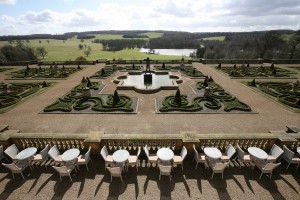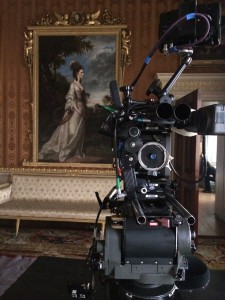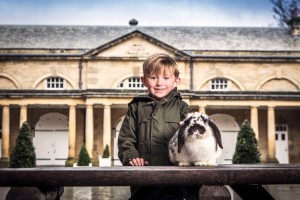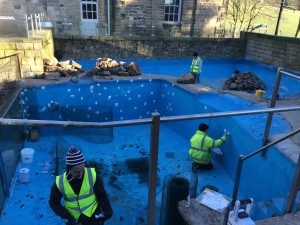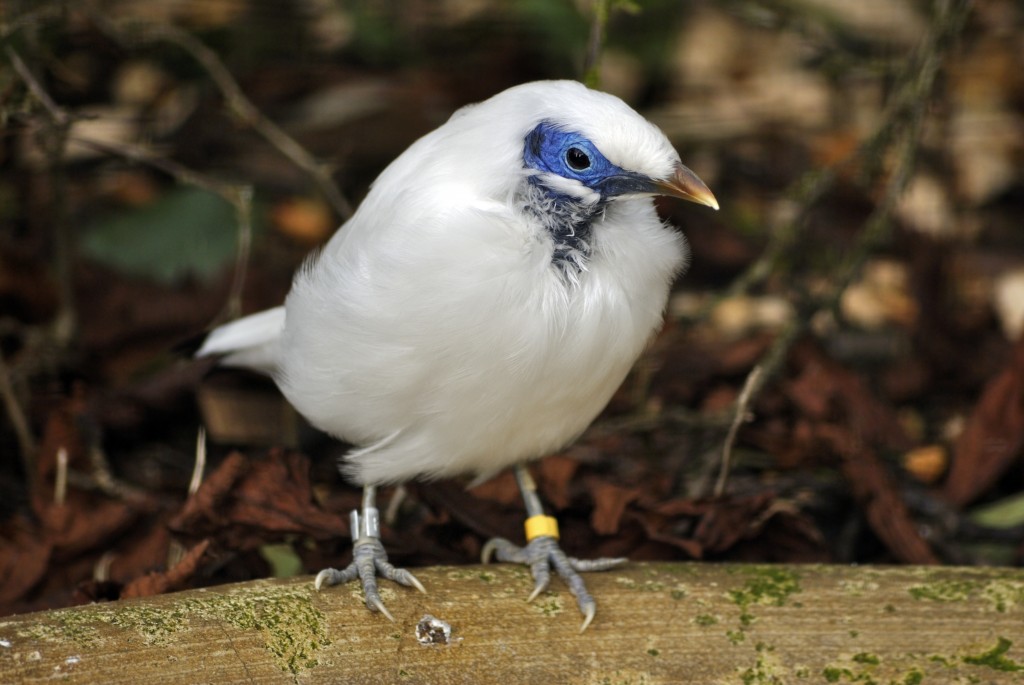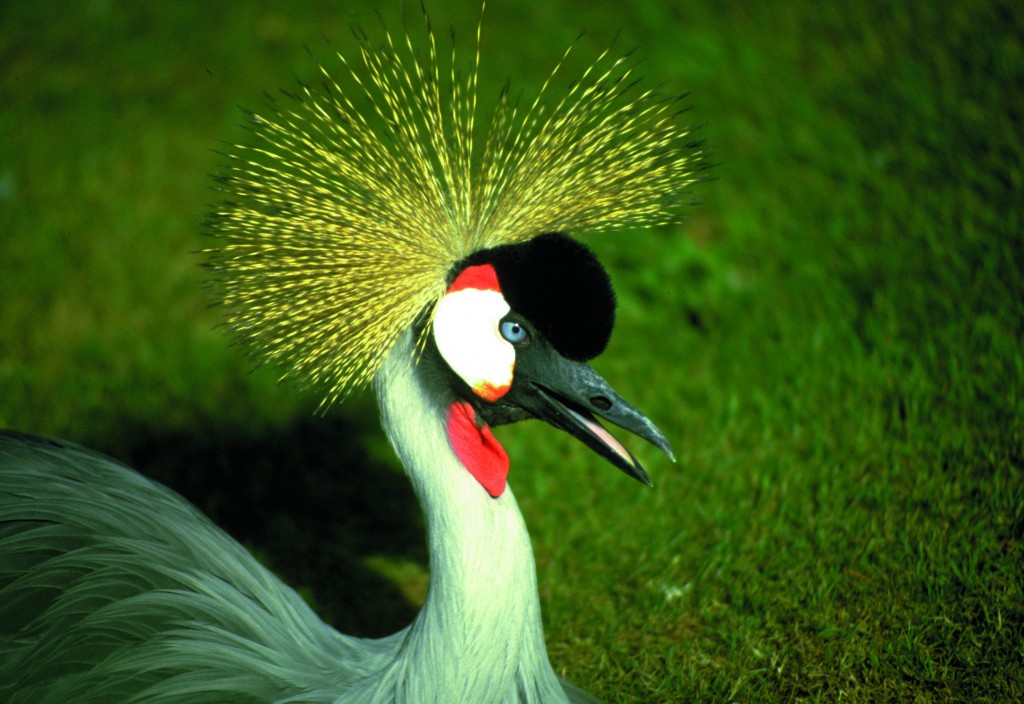A huge amount of work has been going on behind the scenes this winter and I am very much hoping it will bring some excellent, new things for you to see and do in the coming season. There has been so much change. Read on!
As 2016 marks the tercentenary of the birth of Capability Brown, we will be opening up the South Front to allow you to see the House and parkland from a different perspective. You will be able to have a closer look at the foundations of Gawthorpe Hall, the medieval manor which pre-dates Harewood House.
The House itself is naturally one of the best viewing platforms to see Brown’s amazing work. We will be making sure this is well interpreted through a series of exhibitions and displays providing both a historical and contemporary context. Please see inside for more details.
The House has been very busy over the winter period hosting a large ITV production. Filming is an important part of our income and we will have updates about what we’ve been working on this winter soon.
We have begun a three year programme of development in the Bird Garden which will re-launch this much loved area of Harewood.. We are developing a Himalayan theme within the bird collection and plan to introduce several bird species from the region later this season. This will sit very closely with the many plants, trees and shrubs that can be seen in our own Himalayan Garden. Alongside this work, we are creating a strong education and conservation message to best interpret the birds on display.
Across the wider Estate, Harewood has introduced many successful conservation initiatives. We felt it was important to show you some of these projects through fresh interpretation. Plans are in place to introduce this additional interpretation throughout the season. Restored areas of the Bird Garden will be devoted to indigenous species of birds, mammals and insects. We are also introducing a new minibeast trail too!
Not only will we be portraying our message about British wildlife, but also the importance of conservation worldwide. There will be a strong message about critically endangered species across the globe, and we will be advising visitors about how they can do their bit supporting animal conservation projects. Last but not least, our “old favourites”, the penguins, flamingos, owls and parrots will be better displayed and we will be telling you much more about them.
I hope that this project will create considerable interest and there will be opportunities for everyone, adults and school children, to get involved and engage with the Bird Garden at several levels.
For the first time we will be offering a Farm Experience geared to our younger visitors. There will be rabbits to pet, donkeys, goats and pigs, and maybe even alpacas! Please bring your children and grandchildren to see this exciting new attraction.
Our Visitor Information Centre and Visitor Experience Team are moving from the car park to the eastern side of the Courtyard where it will be co-located with the Gift Shop. The former space occupied by the Gift Shop will become overflow catering space on busy days. The Courtyard will be buzzing with things to see do and eat!
The old Information Centre is being redeveloped into an unmanned satellite Information Point which will be staffed on busy days. A new Yorkshire Dales ice cream kiosk is opening alongside the Yorkshire Larder and we hope that this will be popular with those who wish to picnic and play games on the North Front.
Our boat, The Capability, will be sailing again! Please check our website for details of the sailings.
There is much going on, exhibitions, events, new attractions, our second hand bookshop and last but not least the Adventure Playground. Please see inside this letter for the various details you may want and I really look forward to welcoming you back this year.
